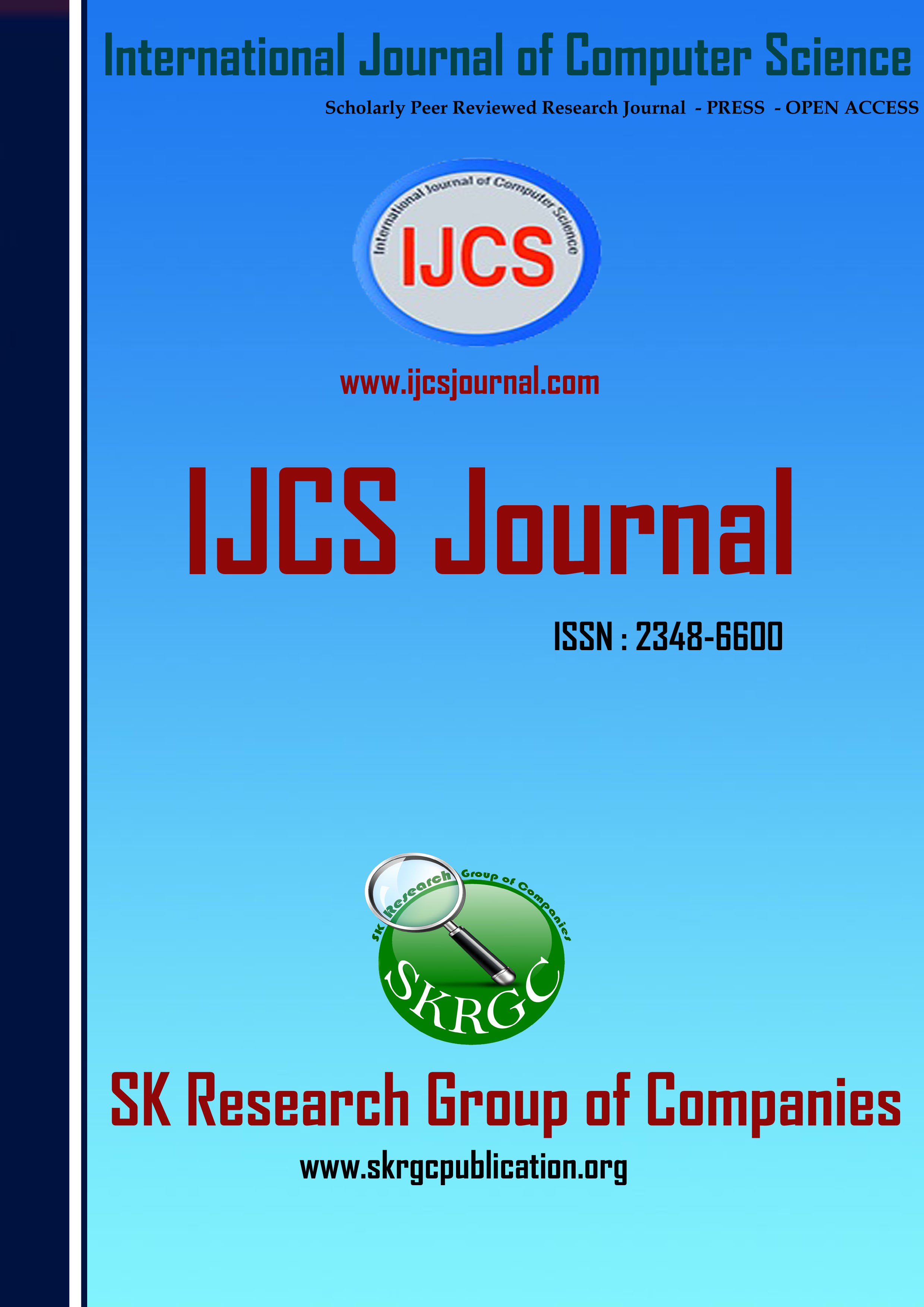Privacy-Preserving Scheme for Mobile Public Hotspots in Nested NEMO
International Journal of Computer Science (IJCS) Published by SK Research Group of Companies (SKRGC).
Download this PDF format
Abstract
Mobility and physical-layer protection is one of the challenging research issue in vehicular ad-hoc network. A network mobility (NEMO)-based vehicular ad hoc network (VANET) is a new approach to integrate the NEMO protocol with VANETs. This integration supports communications between roadside units (RSUs) and vehicles and provides Internet access through public hotspots located inside public transportation systems. Passengers inside these public transportation systems enjoy full Internet access by using different mobile network nodes (MNNs), such as cell phones and personal digital assistants. physical-layer attackers can easily localize the MNNs by measuring their received signal strength (RSS). By modifying obfuscation, i.e., concealment, and power variability ideas and propose a new physical-layer location privacy scheme, i.e., the fake point–cluster-based scheme, to prevent attackers from localizing users inside NEMO-based VANET hotspots. The proposed scheme involves fake-point- and cluster-based sub schemes, and Nested NEMO, and its goal is to confuse the attackers by increasing the estimation errors of their RSSs measurements and, hence, preserving MNNs’ location privacy and in which MNNs are controlled by an MR, which, in turn, is controlled by another MR .
References
[1] I.Krontiris, F. Freiling, and T. Dimitriou, “Location privacy in urban sensing networks: Research challenges and directions [security and privacy in emerging wireless networks],” IEEE Wireless Commun., vol. 17, no. 5, pp.30–35,Oct. 2010.
[2] J. Choi, Y. Khaled, M. Tsukada, and T. Ernst, “IPv6 support for VANET with geographical routing,” in Proc. 8th ITST, Phuket, Thailand, pp. 222–227, Oct. 2008.
[3] R. Baldessari, A. Festag, and J. Abeillé, “NEMO meets VANET: A deployability analysis of network mobility in vehicular communication,” in Proc. 7th IEEE Int. Conf. ITST, Sophia Antipolis, France, pp. 1–6, Jun. 6–8, 2007.
[4] R. Baldessari, W. Zhang, A. Festag, and L. Le, “A MANETcentric solution for the application of NEMO in VANET using geographic routing,” in Proc. 4th Int. Conf. Testbeds Res. Infrastruct. Dev. Netw. Communities, Innsbruck, Austria, Mar. 18–20, 2008, p. 12.
[5] R. El-Badry, M. Youssef, and A. Sultan, vol.-12 , “Hidden anchor: A lightweight approach for physical layer location privacy,” J. Comput. Syst., Netw. Commun., pp. 749298-1–749298, 2010.
[6] S. Cespedes, X. Shen, and C. Lazo, “IP mobility management for vehicular communication networks: Challenges and solutions,” IEEE Commun. Mag., vol. 49, no. 5, pp. 187–194, May 2011.
[7] S. Gezici, “A survey on wireless position estimation,” Wireless Pers.Commun., vol. 44, no. 3, pp. 263–282, Feb. 2008.
[8] S. Oh, T. Vu, M. Gruteser, and S. Banerjee, “Phantom: Physical layer cooperation for location privacy protection,” in Proc. IEEE INFOCOM, pp. 3061–3065, 2012.
[9] T. Jiang, H. J. Wang, and Y.-C. Hu, “Preserving location privacy in wireless LANs,” in Proc. 5th Int. Conf. MobiSys, San Juan, Puerto Rico, pp. 246–257, 2007.
[10] Y. Sun, R. Lu, X. Lin, X. Shen, and J. Su, “An efficient pseudonymous authentication scheme with strong privacy preservation for vehicular communications,” IEEE Trans. Veh. Technol., vol. 59, no. 7, pp. 3589–3603, Sep. 2010.
Keywords
Network mobility (NEMO)-based VANET, NEMO security, physical-layer location privacy, physical-layer security, wireless position estimation attacks.

